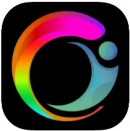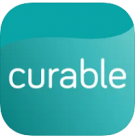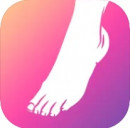Pain management apps
Pain management apps
- There are a variety of apps for people living with pain.
- They can help you track how your pain affects your daily activities, which can be a useful way to help you understand what makes your pain worse and what helps to relieve your pain.
- Some pain apps may offer tips, tools and techniques to manage pain, eg, mindfulness, breathing techniques or cognitive behavioural therapy (CBT).
- Learn more about pain management apps reviewed by Healthify.
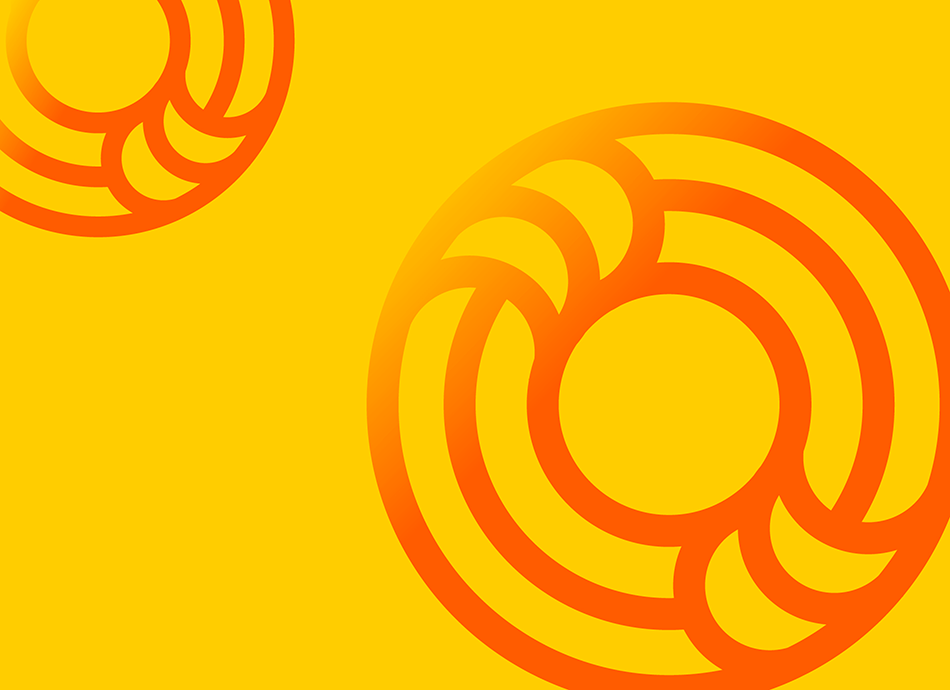
Chronic pain is pain that lasts for more than 3 months, and sometimes for years. Read more about chronic pain.
Pain management apps have the potential to help you manage your condition better.
- Many apps enable you to track how your pain affects your daily activities, which can be a useful way to help you understand what makes your pain worse and what helps to relieve your pain. Having a pain diary can also help you describe to your healthcare team how your pain has been affecting you over time.
- Some pain apps may offer tips, tools and techniques to manage pain, eg, mindfulness, breathing techniques or cognitive behavioural therapy (CBT).
- Here are some tips on how to use pain management apps safely.
How to use pain management apps safely
Do (✔)
- Pain management apps are best used under the supervision of a health professional. They can help you assess if the app is suitable for you. Use an app to keep track of your symptoms as part of your management plan. Use graphs and reporting for a discussion with your healthcare provider.
- Be careful when reading information on discussion boards or group chat rooms. Some apps have interactive features where users can share their experiences. Be cautious because in most cases these aren't monitored by a health professional so the advice or suggestions may not be safe or effective.
- Know when to seek help.
Don’t (✘)
- Rely on apps to make a diagnosis of your condition.
- Use treatments without first seeking medical and professional advice.
- Make changes to your medicines based on the recommendations from the app.
Before choosing an app, think about how it will benefit you and what you want it to be able to do.
- An app will only be helpful if you use it, so it needs to be something you like using and find easy to use.
- If you find the app difficult to use, or you don't like the imagery or look of it, or the language it uses, you may want to find another one that suits you better.
- Check how your data is collected, stored and used in the app, including whether it’s shared with or sold to third parties.
- For more guidance on how to choose health apps, see how to choose a health app. Also see below, pain management apps – help me choose.
- It's important to remember that apps don’t replace professional help or your healthcare provider's advice.
| App | Features | Clinical review | |
|
|
|
||
|
|
|
||
|
|
|
If guided by a relevant health professional with phone or email follow up, or self-guided for highly motivated patients.
|
|
|
Free version
|
||
|
|
|
||
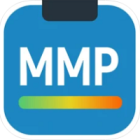
|
|
||
Pain management apps - help me choose
There are a variety of apps aimed at supporting people with chronic pain. These apps differ in their features and functionality and choosing between the apps is challenging because many of them have been developed without any input from healthcare professionals or undergone objective assessment. A study by Devan et al, 2019(external link) considered the following attributes to be desirable in apps for pain self-management.
- Self efficacy building where the user is given information on self-management or active coping strategies to improve their ability to control their behaviour ( CBT approaches). For example the app has information and education on pain, activity pacing, exercises, relaxation and breathing, meditation and mindfulness and distraction techniques.
- Self-tailoring where information and support is based on the users symptoms and needs.
- Self-monitoring of symptoms to help users monitor their symptoms, mood, thoughts, and pain intensity using features such as thought diaries; daily activity tracking and pain diaries.
- Goal setting and planning so users can identify, log and track meaningful emotional, physical and social goals such as planning daily activities or planning a specific activity goal.
- Problem solving where users have a plan for dealing with stressful or challenging situations such as having a plan for dealing with flare-ups.
- Partnership between views of patient and clinicians to encourage users to interact with their health care provider and be involved in decision making, by including information or training on assertive communication with health professionals.
- Social support where users have access to others living with persistent pain, to provide emotional, informational, and appraisal support, eg, a chat group or online community.
- Cultural relevance where it includes information tailored to cultural beliefs and diverse groups for example has information relevant to different ethnicities, or disabilities.
The study found the following apps to have the largest number of features to support the self-management of pain. The authors noted that none of the apps provided culturally tailored information.
- Curable
- SuperBetter
- Mindfulness Daily.
Other apps you may find helpful
- Sleep apps: Some help you track your sleep habits, similar to a sleep diary, and help you develop good sleep routines, while others try to assist you to fall asleep by using calming visual graphics and relaxing music. Read more about sleep apps.
- Mental health and wellbeing apps: To learn techniques such as guided meditation and mindfulness to help you cope with feels of anxiety, depression and stress. Read more about mental health and wellbeing apps.
- Goal setting, problem solving and motivation apps: To learn more about setting goals, making changes, creating action plans and problem solving. Read more about goal setting, problem solving and motivation apps.
Resources
References
- Devan H, Farmery D, Peebles L, Grainger R. Evaluation of self-management support functions in apps for people with persistent pain – systematic review.(external link) JMIR Mhealth Uhealth 2019;7(2)
- Rahman QA, Janmohamed T, Pirbaglou M, et al. Patterns of user engagement with the mobile app, Manage My Pain – results of a data mining investigation.(external link) JMIR Mhealth Uhealth 2017;5(7):e96.
- Chaudhry BM. No gain without pain – using pain tracking mobile Apps(external link). Mhealth 2016;2:27.
- Lalloo C, Jibb LA, Rivera J, et al. "There's a Pain App for That" – review of patient-targeted smartphone applications for pain management.(external link) Clin J Pain. 2015;31(6):557-63.
- Wallace LS, Dhingra LK. A systematic review of smartphone applications for chronic pain available for download in the United States.(external link) J Opioid Manag. 2014 Jan-Feb;10(1):63-8.
|
Disclaimer: The NZ Health App Library is a free consumer service to help you decide whether a health app would be suitable for you. Our review process is independent. We have no relationship with the app developers or companies and no responsibility for the service they provide. This means that if you have an issue with one of the apps we have reviewed, you will need to contact the app developer or company directly. |
Factsheets – using health apps safely

How to choose a health app
Healthify He Puna Waiora, NZ

Privacy and security tips for using health apps
Healthify He Puna Waiora, NZ
Credits: Healthify editorial team. Healthify is brought to you by Health Navigator Charitable Trust.



